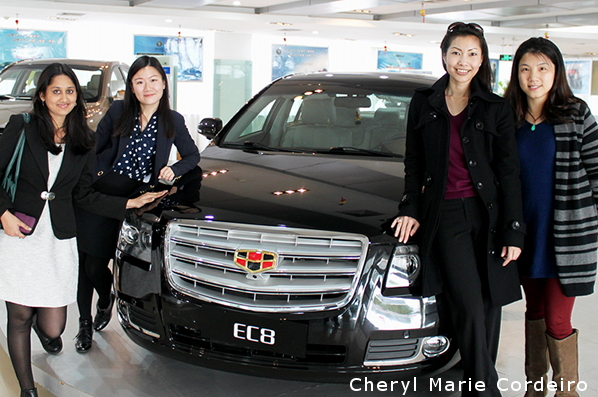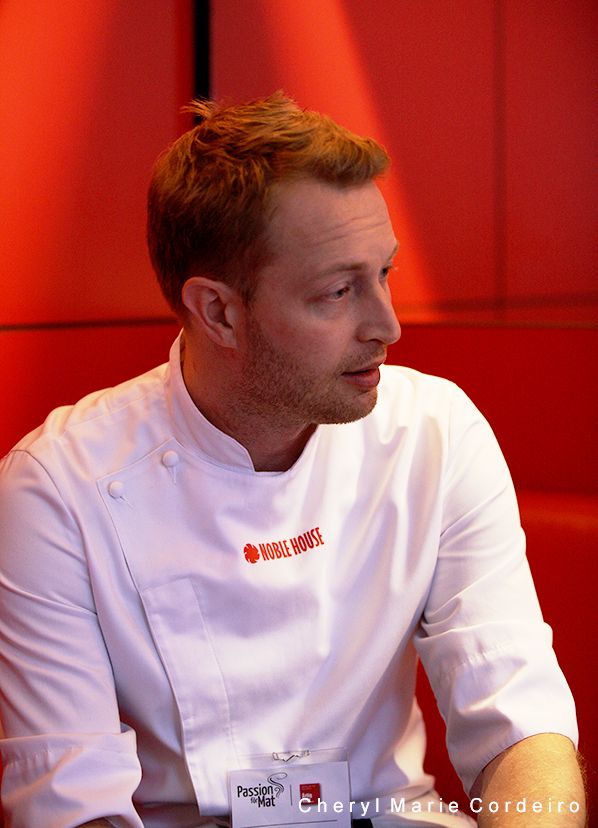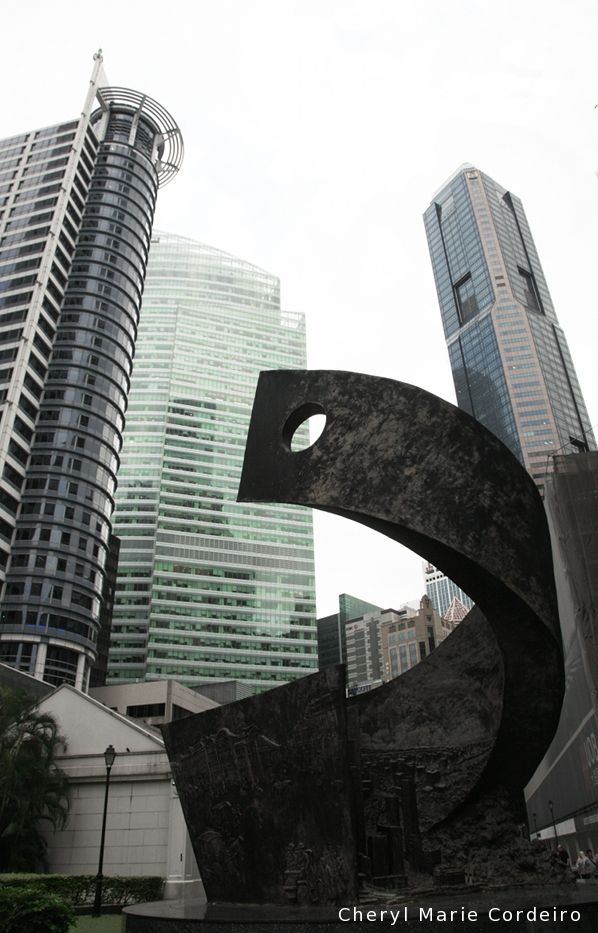This article contains reflections at the intersection of several disciplines under Management & Organization that include leadership, organizational evolution, governance systems and sustainability. The background literature broadly follows from studies in the fields of Swedish management / leadership [1, 2], human nature [3, 6] and organizational evolution [4, 5]. An unlikely comparison of societal organizational characteristics is drawn between these two highly different social systems, the Hadza and the Swedes. The ideas are in contemplation towards a search for a congruent management of social structures that bridge the levels of socio-economic and political realities.
Sustainable – a word with many meanings
Stockholm Strömmen.
Stockholm is one of Europe’s five fastest growing cities and is the first European Green Capital 2010.
Text & Photo © JE Nilsson, CM Cordeiro 2014
Many years ago I watched a man restore an antique wooden door. He had first carefully sanded it down to its original paint layer, til it was soft enough to run your hand over it, til you could feel the warmth of the wood at its core. To get the door to match the rest of the interior of the house, he then began by adding a thin layer of linseed oil. Each brush stroke was carefully calculated in pressure, length and weight.
I soon realized that he carried with him a tacit knowledge that not many others had. But more than tacit knowledge was also a genuine interest in what he was doing. He breathed life back into an antique door that most others would have thrown away and replaced with a brand new one from Bauhaus. He worked with undivided attention and as I watched, I pondered who else would ever come to appreciate the efforts? What came through clearly was that the care he put into that antique door was also a personality trait that you could see run through almost all other things he did.
I realized that this door might well outlive us both, at the cost of some linseed oil.
On a tangent note to the evidence of cosmic inflation: Transcending the Cartesian mind body divide
New evidence “brings ‘Theory of Everything’ a bit closer to reality” (Wall 2014)
The bottom part of this illustration shows the scale of the universe versus time. Specific events are shown such as the formation of neutral Hydrogen at 380 000 years after the big bang. Prior to this time, the constant interaction between matter (electrons) and light (photons) made the universe opaque. After this time, the photons we now call the CMB started streaming freely.
Credit: BICEP2 Collaboration.
Helena Granström makes some interesting observations about what science, even the social sciences, have given us over these centuries – a conviction of the functionality of how things are (everything by science can / must be physically empirically quantifiable) but a loss of a true understanding of the intrinsicality of the being of things (here lies the realm of the less than 4% knowledge of the quantum world that even as I write this, a few weeks ago, sat a very bright PhD student in the room and asked, “Is quantum physics really a field of study? Who does quantum physics? What good does it have for us?” To which I was at a complete loss of words, except to reply, “Yes, it’s a real field of study. I think the CERN might be very upset to hear what you just said.”)
Towards agglomerating tacit knowledge and regional expertise: Ted Österlin, Noble House Sushi, Passion för Mat 2014
Ted Österlin, CEO / Owner of Noble House AB.
Text & Photo © JE Nilsson, CM Cordeiro 2014
Introduction: knowledge intensive economies
Whilst manufacturing production in many OECD countries has declined in recent decades, services however, are on the rise. On average services now account for about 70 percent of OECD GDP. The culinary and gastronomy industry lies within the grey area in the definition of OECD-WTO Trade in Value Added (TiVA) derived from services embodied in the exports of manufactured goods. In the case of Sweden, the country’s services sector has continued to grow from the early 2000s, when its share of the workforce employed within services increased from 67 to 75.2 percent just between the years of 1989 and 2003. Today, Sweden has about 42 percent of its workforce in services-related occupations in manufacturing [1].
In the past decade, the debate on creativity as a driving force for regional economic development in the context of the third wave of globalisation within the academic realm of international business studies has been increasing [2,3,4,5].
Reflections on a visit to Shanghai 2013

After Shanghai.
Text & Photo © JE Nilsson, CM Cordeiro 2014
It was in November 2013 when we paid a study visit to Shanghai, China. But it was only on the eve of the Lunar New Year 2014 that all colleagues had a chance to gather in an early spring kick-off session to share and compare some reflections, insights and lessons learnt from that visit.
The afternoon was spent in a lecture hall, numbering altogether about thirty persons, somewhat amused that this might be the first time ever that we met as a group. Located in the same administrative building, at most a few floors apart from each other and some even sharing the same corridor, it took a joint visit to Shanghai in order for us all to get together face to face.
China-Euro Vehicle Technology (CEVT) R&D centre – the platform to cars couture

Quayside, Lindholmen Science Park, Gothenburg.
Lindholmen Science Park is a part of the Norra Älvstranden region, located between the two bridges, Älvsborgsbron (Älvborgs Bridge) in the west and Götaälvbron (Göta River Bridge) in the east. The area has been important since the Viking Age and before, where the Göta river outlet acted as a trade center, uniting the prosperous inland regions and the sea.
Text & Photo © JE Nilsson, CM Cordeiro 2014
Situated in the collaborative environment for knowledge intensive companies at the Lindholmen Science Park in Gothenburg, the China-Euro Vehicle Technology (CEVT) R&D centre was established on 20 February 2013 as a joint Volvo Cars and Geely platform for advancing the partnership in product development and strategy between the two companies, owned by Geely Holding. Today it has about 200 resident engineers that will be increased according to plans, to 400. They are to focus on the innovations of the basic modular architecture platform for the next generation of leading C-segment cars, that includes hatchback, sedan and estate models.
The 22nd of January is just a few months short of ten years, when on 3 September 2004, the naming ceremony of the Swedish East Indiaman Götheborg was performed by Her Majesty Queen Silvia, at the Opera House at Lilla Bommen, just on the opposite side of the Göta river. The purpose of the Gotheborg III project was very long term, aimed at building upon old good relations bringing the two countries of Sweden and China once again closer to each other. It was an idea that took hold and to some extent might have contributed to the events leading up to this centre being located here and now.
What is currently in process between Volvo Cars and the Geely organization is groundbreaking in many ways. It is industrial and knowledge management history in the making. This has naturally attracted the attention of the Centre for International Business Studies (CIBS), headed by Professor Claes G. Alvstam at the School of Business, Economics and and Law at the University of Gothenburg, where I am affiliate, that has followed China’s entry into the global automobile industry with great interest.
It was thus an evolutionary progression of things that we today found ourselves visiting the CEVT R&D centre at Lindholmen.

Designed by architect Gert Wingårdh, Kuggen, the striking and colourful building for innovation and entrepreneurship and a showcase for sustainable development was completed in 2011 is part of Campus Lindholmen. The University of Gothenburg and Chalmers University of Technology have established both independent and joint study and research units at Campus Lindholmen.
The modular architecture platform is innovative in the sense that it allows several different vehicle platforms to be developed from one single architecture. This means that vehicle dimensions, crash safety, engine suspension, comfort nd handling for example, can all be custom tailored and adapted to a specific market’s requirements to similar models of cars.
“Even if the wheelbase is maintained, the distance between the wheels and the bumper may vary in accordance with the style of the automobile. Or the size of the fuel tank may be different, but perhaps the supply nozzle may be the same.” – Mats Fägerhag [1], CEO of CEVT, Global Times, 16 Sept 2013.
Swedish management and Gothenburg: a Nordic journey of discovery
The Swedish East Indiaman Gotheborg III Ship.
The city of Gothenburg has been home of the Swedish East India Company since the 1700s till today.
Photo: Ulrik Hasemann for SOIC.
Text © JE Nilsson, CM Cordeiro 2014
Abstracts from a presentation for Carthage College, Kenosha Wisconsin, USA. 20 Jan. 2014.
Centre for International Business Studies (CIBS)
School of Business, Economics and Law
University of Gothenburg, Sweden.
1. Introduction
This presentation is entitled “Swedish management and Gothenburg: a Nordic journey of discovery”, where I will share some insights into Sweden and Swedish management characteristics. Here, you will need to take the word “Nordic” as a broadly defined term because even within the Nordic countries grouping, Sweden pretty much has a niche of its own.

World Values Survey, Inglehart-Welzel map.
Ref: Ronald Inglehart and Christian Welzel, Modernization, Cultural Change and Democracy New York: Cambridge University Press, 2005: page 63.
2. Sweden – the most secular country on the globe
Sweden for example, ranks as the world’s most secular country with a Gallup poll of 88% indicating they are non-religious. At the same time, it is also a country that seems to allow greatest self-expression and individual autonomy.
The reason for the country’s high secularism could be explained by its history.
Complexity theory and autopoiesis. Contemplations on the New Year’s eve 2014
Outlining my New Year’s resolutions of sorts.
Text & Photo © JE Nilsson, CM Cordeiro 2013
Through the year, I’ve looked to study and understand the complexity of social organizations and the concept of culture from a systems evolutionary perspective, which is something other than the dichotomous, dimensional construct that had been grounded in academic literature since the early 1960s. The basic assumption comes from the context of nonlinear dynamics and complexity theory, where as noted by Engels (1982), that the more complex generic type includes but cannot be reduced to an aggregation of the simpler types.
My interest in nonlinear dynamics and the theory of complexity has led me to the writings of authors with a similar perspective on the workings of life, where the common thread behind their argument is the philosophy that life’s material (physical), biological, cognitive and social dimensions all belong to a coherent, integrated system. To this extent, the key challenge for the future in research, and the agenda for the upcoming scientific paradigm is to put forth a conceptual framework that acknowledges this integrated system of phenomena.
The value of a systemic and integrated perspective on phenomena would be its contribution towards understanding the building of an autopoietic system. The term refers to a system capable of reproducing and maintaining itself. The term was introduced in 1972 by Chilean biologists Humberto Maturana and Francisco Varela to define the self-maintaining chemistry of living cells. Since then the concept has been also applied to the fields of systems theory and sociology as a conceptual variation of the thermodynamic concept of self-organization.
The strategy of ‘Twin Faces’ in state governance and positioning
Raffles Place, Singapore.
Text & Photo © JE Nilsson, CM Cordeiro 2013
A number of years ago, I decided to focus my doctoral thesis on cross-cultural leadership in Swedish led organizations in Singapore. The idea was to identify elements of the Swedish management style and how this in that case would work out in Asian organizations. The study led to numerous interesting observations of which a selection of ideas were developed into my thesis.
For some time now I have come to look into Sweden’s positioning within the European Union (EU), and in a comparative study, Singapore’s positioning within the Association of Southeast-Asian Nations (ASEAN).
The issue of Sweden’s overall positioning towards European integration has been much considered and debated in the Swedish political arena and by interested members in academia.
Geely Headquarters and Cixi Plant, Hangzhou

In China’s First Automobile Health and Development Summit held in Beijing in 2012, Geely’s Emgrand EC8 was nominated one of the Top 10 environmental friendly cars for 2012. (Globaltimes.cn April 2013).
From left to right Swati Ravi, Emily Xu, Cheryl Marie Cordeiro and Joyce Wu, PR Manager of Geely.
Text & Photo © JE Nilsson, CM Cordeiro 2013
Geely HQ and Cixi Assembly plant
Friday the 15th of November was the fifth day of our visit to Shanghai in 2013. We had focused quite some on the Chinese automobile industry and today it was time to meet with Geely. Both the Geely Cixi Assembly plant and the Geely Headquarters are located in Hangzhou, Zhejiang province, a few hours drive inland, from Shanghai.






